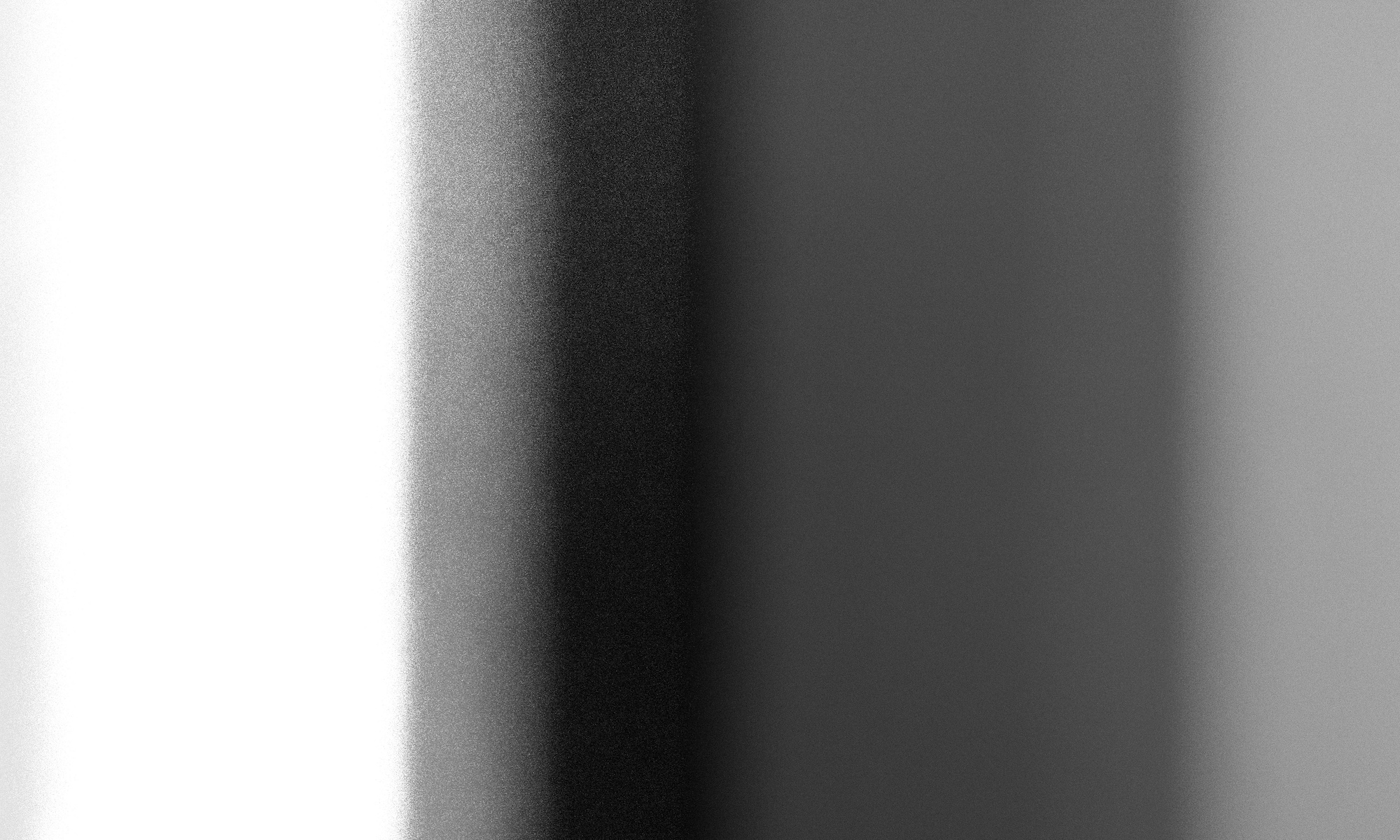I am taking methodology to mean, in this context, the general approach taken to my work. This is influenced by how I, conceptually, think about the contexts I am exploring (theory) and how I conceive of and position my practice (field). In turn, methodology influences the design of particular projects (in the light of the contexts and purposes of the project) and the selection of particular methods. In this sense, methodology sits between (and thus shapes and is shaped by) theory and practice. In my current work, I am exploring the relationship between time, place and communities as they experience the process of urban regeneration. This involves the exploration of different notions of time/space and the entanglement of human activity and identity with the natural and the built environment. Whilst other work exploring similar contexts has focused on either the lived experiences of residents or the nature of the changes taking place in the built environment, I am focusing on the dynamic relationship between these. I am not attempting to ‘tell the stories’ of others (either the residents or the developers), but rather to counterpose constructed histories with codified presents and imagined futures. I attempt to create an array of alternative narratives, and offer the viewer the opportunity to explore relationships between these.
In order to do this, my approach is to collect and organise archival images, planning documents, maps and data to be juxtaposed with my own images of and from within communities and the places they inhabit. These juxtapositions produce fictions that are intended to engage viewers and provoke questions about our humanistic aspirations (including aspirations for equity, prosperity and social justice) and our place in the natural world (as it has been and how it might be), for instance, through the ways that we inscribe and are inscribed by the objects and environment around us. Methodologically, my work is constructive (it is making not finding meaning), relational (it emphasises the contextual and interactional character of meaning) and heuristic (it is a tool for making meaning, not a form of representation).
This week I presented a selection of images from my WIP portfolio in a webinar and also exchanged ideas with Ricard Martinez, who presented his work as a guest speaker. The feedback confirmed to me that there is potential in the channel mixing work, but that the aim of this work, in exploring the interactions between organic material, everyday activity and emerging futures, needs to be clear. There are clear resonances between my own work and Ricard’s, though our approaches, and resulting images, are very different. I am taken by the way in which he leads tours through the areas he is exploring and works with participants in making their own images. I would like to try something similar around Barking Riverside, Thamesview, Creekmouth and other areas undergoing change, focussing on the built environment, the social and cultural environment and the natural environment (and the interaction between these). The Bow Centre or Gascogne Estate might also be good for trying out this approach. Responses at the webinar were also positive, but the desire to ‘tell stories’ was raised, and I need to resist being drawn into production of work which retreads what has already been done in other contexts, and away from the relational nature of the work, which is fundamental to me (and for the theory that informs my practice). Cemre noted that the images conveyed to her a sense of decay. This may be related to the selection of the images. I do not want to present an apocalyptic vision, so I do need to think clearly about how these particular images sit alongside other images and artefacts. I should also revisit the use of colour. The complexity of the images invokes a sense of chaos, and that they are in black and white perhaps reinforces the sense of decay and foreboding. The return to the natural (post-human) that is being explored might involve the decay (or at least, the transformation) of the built environment, but this is not, in any absolute sense, a more general process of decay (though some engagement with the concept of entropy might be necessary here).
The next steps in advancing the project are (i) continue to explore the production of composites, to get a clearer idea of what kinds of images produce what effects; (ii) continue to explore modes of presentation, including projection, light boxes and printing on a range of different materials; (iii) collect documents and archival material for the contexts being explored, including maps, planning documents, developer literature and brochures and photographs (upcoming research workshop with Lewis Bush should help with this); (iv) experiment with the juxtaposition of images, artefacts, sound and text, with the WIP portfolio for this module and the output of the FMP in mind; (v) identify a context for, and plan, possible ‘tour’ type activities (for instance, with the Bow Centre citizen science group).
